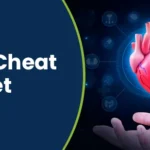When responding to a medical emergency, providing rescue breaths can be life-saving, but direct mouth-to-mouth resuscitation carries risks for both the rescuer and the patient. The breathing barrier is an essential component of first aid. These protective tools create a hygienic shield, reducing the risk of disease transmission while ensuring effective rescue breathing.
According to the National Library of Medicine (NLM), nearly 350,000 out-of-hospital cardiac arrests (OHCA) occur annually in the United States, with survival rates remaining alarmingly low. To enhance safety for both responders and patients, the Centers for Disease Control and Prevention (CDC) strongly recommends the use of respiratory barriers during cardiopulmonary resuscitation (CPR).
What is a Breathing Barrier?
A breathing barrier is a device that is employed during cardiopulmonary resuscitation (CPR) to prevent direct contact between the rescuer and the patient. Conventionally, the rescuer delivers breaths without direct physical contact with the patient by simply covering the mouth and nose. This apparatus also reduces the spread of infectious diseases. Variations include a mask-only apparatus with a one-way valve and a face protector. These protections are vital to anyone performing CPR, and such individuals will have no problems conducting CPR if well protected.
There are different kinds of barrier apparatus available for carrying out first aid:
-
CPR Face Shields
The best CPR personal first aid equipment is because of how light and portable it is. Most commonly made out of thin, see-through plastic material, CPR face shields contain one-way valve action to ensure backflow from either air or liquids.
-
CPR Masks
Frequently equipped with a one-way valve to provide additional protection, these masks are more durable. These masks are designed to provide a secure fit around the mouth and nose, thereby minimising the likelihood of air leakage and assuring an effective seal.
-
Bag-valve Masks
These masks provide advanced airway management and are used by healthcare professionals. They are more complex and deliver more oxygen, making them suitable for use in emergency care settings.
-
Pocket masks
Pocket masks are among the favorites of first responders since they can easily be taken with them wherever they go, because of their compact size. These masks usually come with a one-way valve, and can be used with supplementary oxygen, hence suitable for all emergencies.
How a CPR Barrier Device Works
A CPR breathing barrier device is part of first aid. It must be used when giving resuscitation in order to ensure a safe and successful procedure. Preventing direct mouth-to-mouth contact, which spreads infectious diseases, these devices maintain hygiene. By using a CPR barrier device, the likelihood of transmitting infection, such as the flu or colds, as well as more serious infections such as hepatitis or HIV, according to the CDC, is drastically reduced.
-
Timely Treatment
Time is gold in emergency scenarios. A CPR mouth barrier device will ensure that effective rescue breaths will be administered within a safe time frame by rescuers. These barrier devices are quite user-friendly, and they may be deployed in a matter of seconds, hence making them quite suitable for either professionals or laypersons.
-
Psychological Consolation
The assurance that they are safe can inspire confidence to encourage other people to perform CPR in a situation requiring such action. This is very vital especially when situations call for public intervention. Everyone will fear intervening for fear of perpetuating the further spread of infection in public places.
-
User-friendly
Many products come with clear instructions, so even people with minimal training can use them effectively. The one-way valve in most devices ensures that the rescuer’s oxygen goes to the patient while at the same time preventing backflow. This design optimizes the effectiveness of each breath administered and reduces the chance of contamination.
-
Hygiene
Proper resuscitation has to maintain cleanliness and ensure sanitation is maintained through its CPR barrier equipment. This simply prevents the need to get contaminated in a normal, face-to-face manner due to the existence of the risks that come in forms such as influenza or simply colds, or hepatitis, and also the serious infectious risks such as HIV. For instance, its effectiveness would benefit in preserving a sick patient’s or the rescuer’s health conditions during emergency care.
-
Reusability and Durability
Many types of CPR barrier devices can be used more than once if kept and cleaned properly. This makes them an affordable addition to any first aid supply kit. Functionality is ensured by using tough raw materials, even if the device is reused over and over or exposed to changing environmental conditions.
-
Compact and Convenient
CPR barriers are compact and convenient to store, thus enabling them to be used in a diverse array of environments. Having a CPR barrier device readily accessible can greatly enhance the effectiveness of emergency response, from personal first aid kits to public defibrillator stations. Immediate administration of CPR could increase the possibility of a victim’s survival up to two or three times over. Using a barrier device allows CPR to be done most safely and effectively.
How to Correctly Use a CPR Face Shield Barrier Device
A breath barrier when giving breaths to an infant with a face shield is very easy to operate, and a little training can allow anyone to accomplish this. Instructions on how to use it are described below, step by step.
- Most of the face shields come in compact, sealed packages. When opening them, do not rip the packaging since it will damage the device.
- Place the face mask over the patient’s mouth and nose. To create an effective seal, ensure that the barrier completely covers those areas.
- Some masks feature adhesive strips or elastic straps to keep them in place. Strap the device so that it does not shift during resuscitation.
- Through the mask, pinch the patient’s nostril closed and breathe in two steady breaths. Ensure that each breath lasts for about one second, which is long enough to raise the chest visibly.
- Check if the thorax rises with each exhalation. This indicates that the lungs are properly filling with air.
- Follow the standard CPR protocol, which includes 30 chest compressions followed by two breaths. Repeat this cycle until the patient regains consciousness or help is sought from professionals.
Special care must be taken when providing breaths to an infant masked with a face shield. The mask should ideally be sized according to the infant’s smaller face. Gently covering the mouth and nose with the mask can prevent overinflation by giving soft breaths. A CPR oral barrier or any other breath barriers ensures safety and effectiveness during paediatric emergencies.
Breathing Barrier: An Essential Aid for Life
The importance of using breathing barriers in first aid cannot be underemphasized. These tools are required for the protection of both the patient and the rescuer. Furthermore, they reduce the risk of disease transmission since they prevent direct contact while effectively delivering resuscitation. Health authorities emphasize that a CPR barrier device should be incorporated into emergency response procedures. These devices, including CPR face shield barrier devices or other types of breath barriers, are ultimately life-saving devices. There is a need to ensure safety and always be prepared by including a respiratory barrier in your first aid kit.







